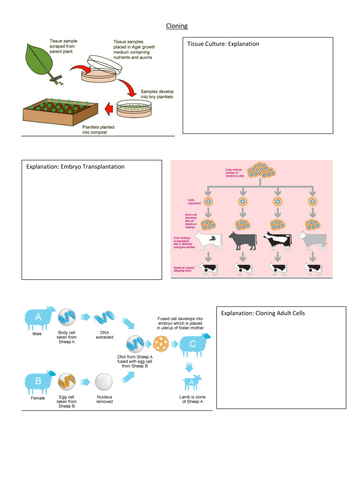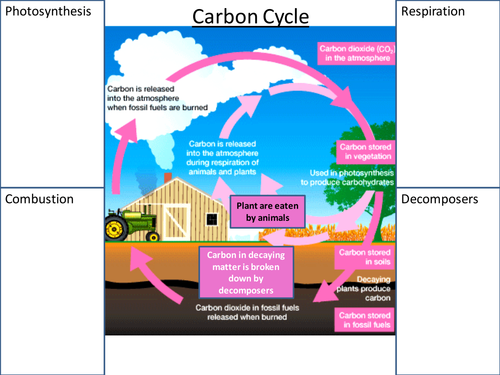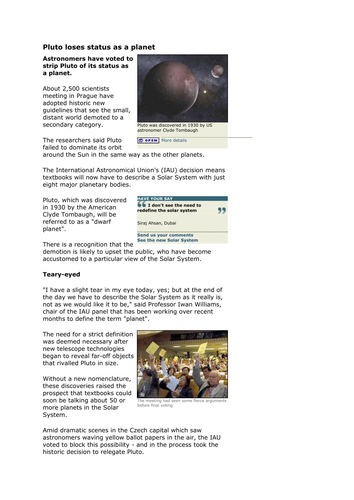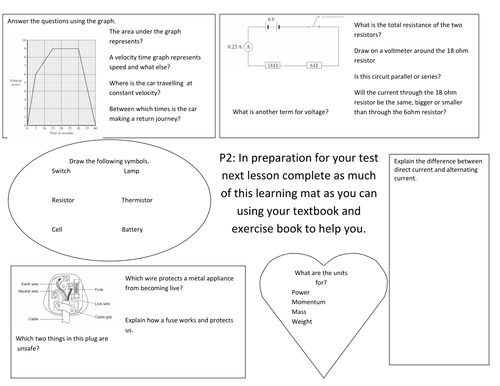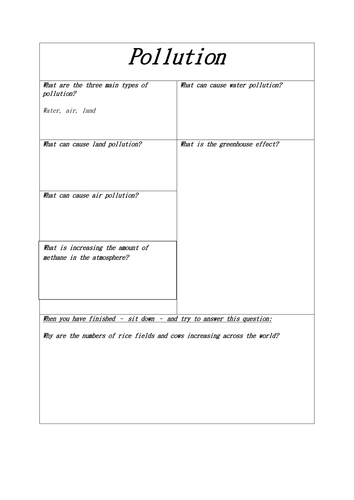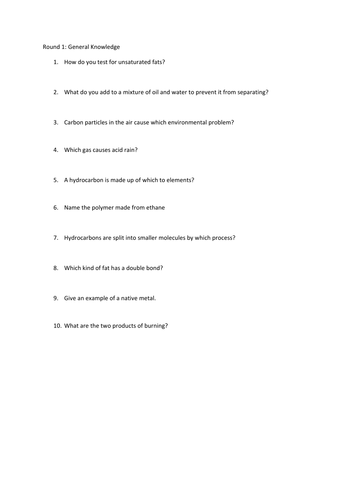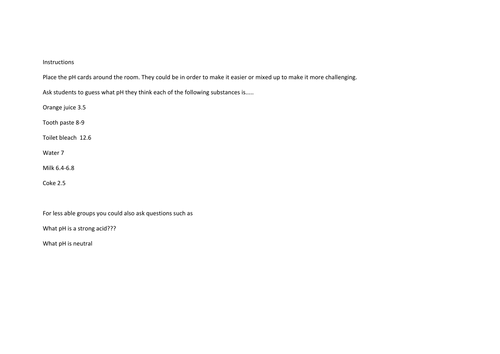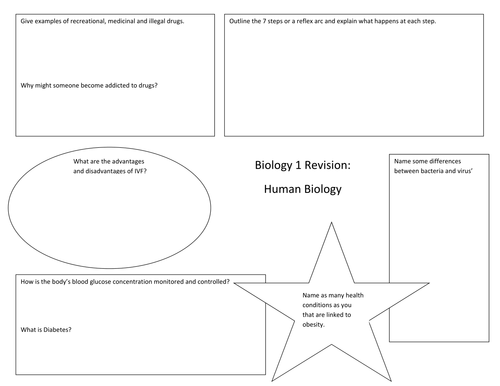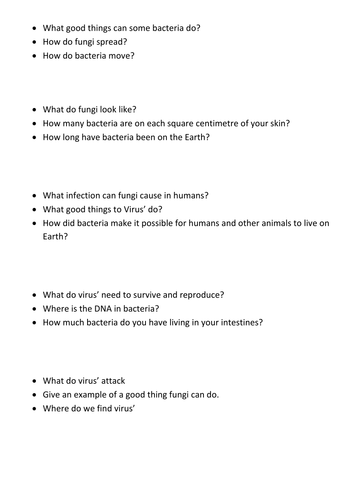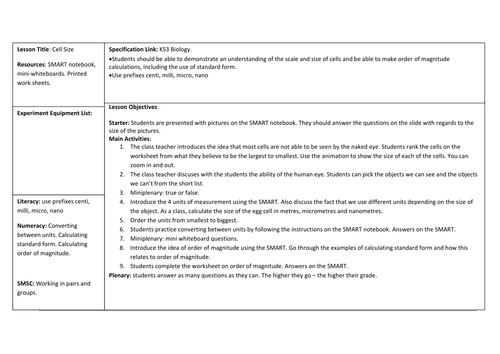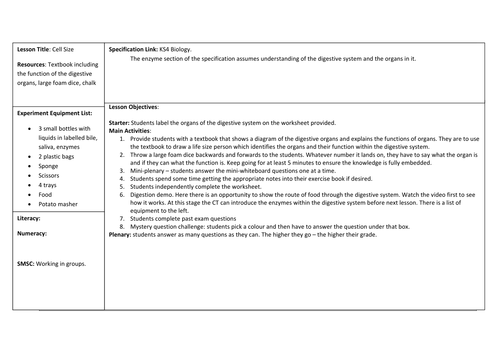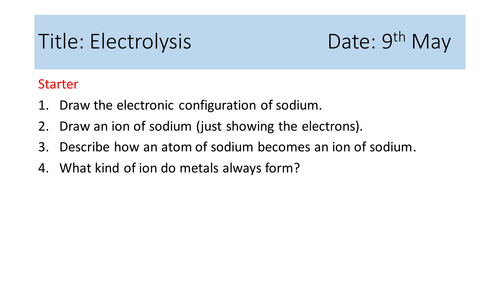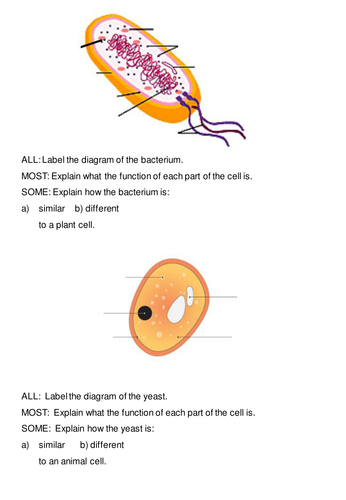
49Uploads
96k+Views
88k+Downloads
All resources

P2 Revision
A double revision lesson for P2. It has multiple short activities which cover a lot of the current specification.

Type of Cloning
Worksheet for students to summarise three types of cloning. They can use the information sheets to produce bullet points.

The Planets
A lesson highlighting the new solar system since pluto was demoted. It includes literacy and numeracy.

Living Indicators
Lesson powerpoint (notebook) for living indicators of pollution with student sheet. It is pitched at low ability but could be adapted for middle ability classes.

Reproduction Revision (lower ability)
A revision lesson with a student sheet. Students given a set amount of time to complete the different leveled tasks.

Calculating Voltage
Calculating voltage in parallel and series circuits. Students are to look at the voltage from the battery and decide on the voltage of each component in the circuit.

Pollution - give one get one
A different way of collecting notes. Each student is given a sheet with multiple questions on. Each student has an answer to one of the questions. They have to move around the room collecting other answers from other students.

C1 Revision - Quiz
A pub quiz style revision lesson where groups complete three rounds; general knowledge, picture and numeracy.

Types of Microorganism
Interactive whiteboard lesson for learning about the three different types of microorganism. including starter and plenary. You will also require information sheets about the three types of microbe for the starter. I used some I found on TES.

Adaptations of Animals Starter
Place these images around the room (if you have a large class put 2 sets up) and get students to move around the room writing adaptations of the animals they see on the sheet.

Cell Size and Order of Magnitude
AQA GCSE Biology (separates, triology and synergy): This SMART notebook presentation, along with a lesson plan and two worksheets takes you through a few aspects of the specification.
1. The idea that we cant see cells and that different cells are significantly different sizes.
2. The units metre, millimetre, micrometre and nanometre. Students are taught how to convert between units.
3. Why we use order of magnitude and how to calculate it using standard form.

Communicable and Non Communicable Diseases
KS3 Health and Disease: This task based resources looks at the difference between a communicable disease and non-communicable disease

The Digestive System
AQA Science GCSE (triology, Synergy, Separates): This SMART notebook takes the students through the digestive system to prepare them for learning about enzymes.

Electrolysis of Ionic Compounds: AQA 9-1
A lesson resourced with a video and plenary that includes:
1) Electrolysis of molten compounds
2) Oxidation and reduction
3) Exam question plenary


